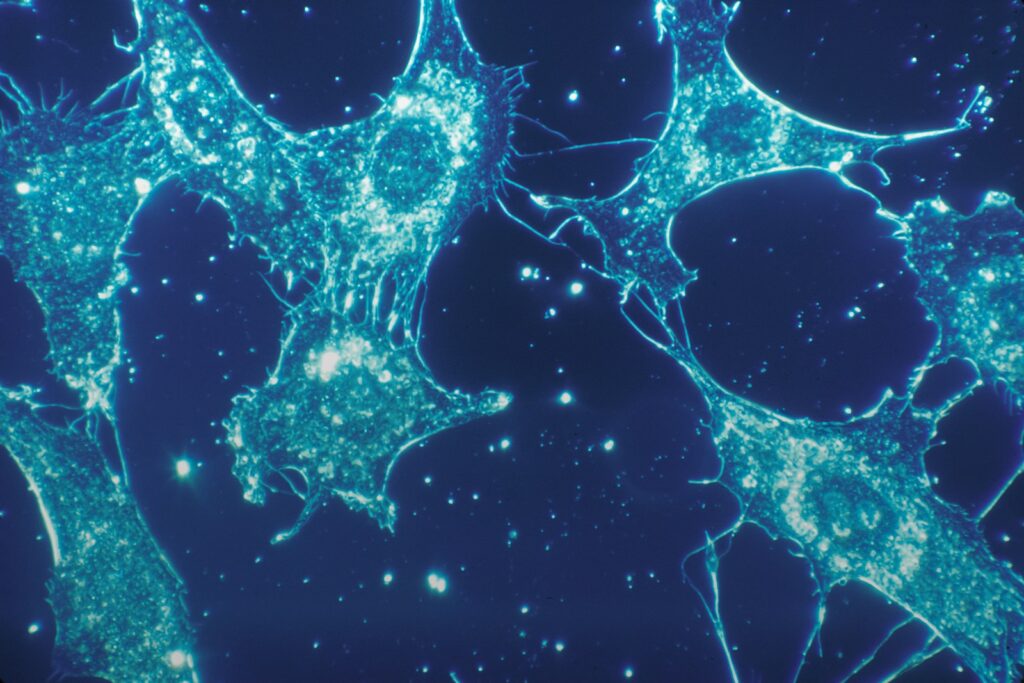As the scientific community continually seeks more efficient and reliable methods to ensure sterile conditions, Vaporized Hydrogen Peroxide (VHP) generators have emerged as a pivotal technology in laboratory sterilization. This article will unpack the transformative effects of VHP generators on laboratory environments, elucidating the principles behind their operation, benefits, and application for optimal sterilization practices.

Understanding the VHP Process
VHP is characterized by the use of vapor-phase hydrogen peroxide to sterilize enclosed spaces and the contents within them. The process entails the generation of hydrogen peroxide vapor at low temperatures, which permeates the environment and eradicates microbial life forms. Notably distinct from liquid-phase sterilization, VHP technology leverages gaseous diffusion principles, which makes it possible to cover a broader surface area without the complications of moisture residue.
Enhanced Sterilization Efficiency
The operational superiority of VHP generators lies in their capacity to achieve high levels of sterilization effectively and efficiently. They are designed to minimize operational time by integrating advanced cycle programming and rapid aeration capabilities, which ensures a quicker turnaround for the sterilization of laboratory equipment and workspaces. VHP generators also exhibit considerable effectiveness against a wide spectrum of microorganisms, including spores, viruses, and bacteria.
Material Compatibility and Safety
One of the compelling advantages of VHP generators is their compatibility with sensitive materials. Unlike traditional sterilization methods that may depreciate materials or require restrictive packaging, VHP is gentle on electronics, plastics, and delicate instruments. This feature broadens their applicability across various laboratory settings. Furthermore, VHP is recognized for its safety profile; once decomposed, it leaves no toxic residues, fostering a more environmentally responsible approach to sterilization.
Integration and Automation
Laboratories that aim to optimize workflow efficiency are increasingly integrating VHP generators into their sterilization protocols. The automated nature of these systems allows for consistent and reproducible sterilization cycles. Integration with Building Management Systems (BMS) can also provide real-time monitoring and validation of the sterilization process, thereby adhering to stringent regulatory standards and enhancing quality control.
The Future of Sterilization
As laboratories and scientific centers continue to innovate, VHP generators stand at the forefront of the next generation of sterilization technology. Their robust design, adaptability, and efficient operation align with the contemporary needs of research and healthcare facilities. By adopting VHP generators, laboratories can enforce superior sterilization standards, maintaining the sanctity of their work and ensuring the safety of their personnel and the broader public.
Related Contents:
- Ultimate Guide to VHP Passbox Cleaning in Controlled Environments
- Advanced Sterilization with YOUTH’s Vaporized Hydrogen Peroxide (VHP) Generators
- Bag-In/Bag-Out (BIBO) Systems: Operation and Maintenance Guide
- Understanding the Mechanism of VHP Sterilization in Pass Boxes
- The Ultimate Guide to YOUTH’s VHP Pass Box: Ensuring Sterility in Cleanroom Environments
- Navigating Biosafety Cabinet Classes: A Complete Overview
- The Ultimate Guide to YOUTH’s VHP Pass Box: Ensuring Sterility in Cleanroom Environments
- VHP Pass Box vs. Traditional Pass Box: A Comparative Analysis
- Cost-Benefit Analysis of Investing in a VHP Pass Box

























